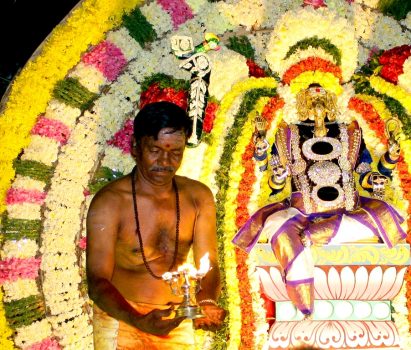There is a joke that, in India, there are 365 days and 366 festivals in a year. For sure, India abounds in festive occasions – on a personal and communal level – and it is these celebrations that act as connecting threads in the subcontinent’s multicultural society
Life is one big celebration in India! An annual cycle of festivals marks the birth of deities and the arrival of spring, the richness of the harvest and devotion to the gods, the banishment of evil spirits and the victory of light over dark at the onset of winter. Colourful and joyous celebrations, festivals offer a key to understanding Indian attitudes and behaviour as well as people’s deep-rooted values.
Taking a Closer Look
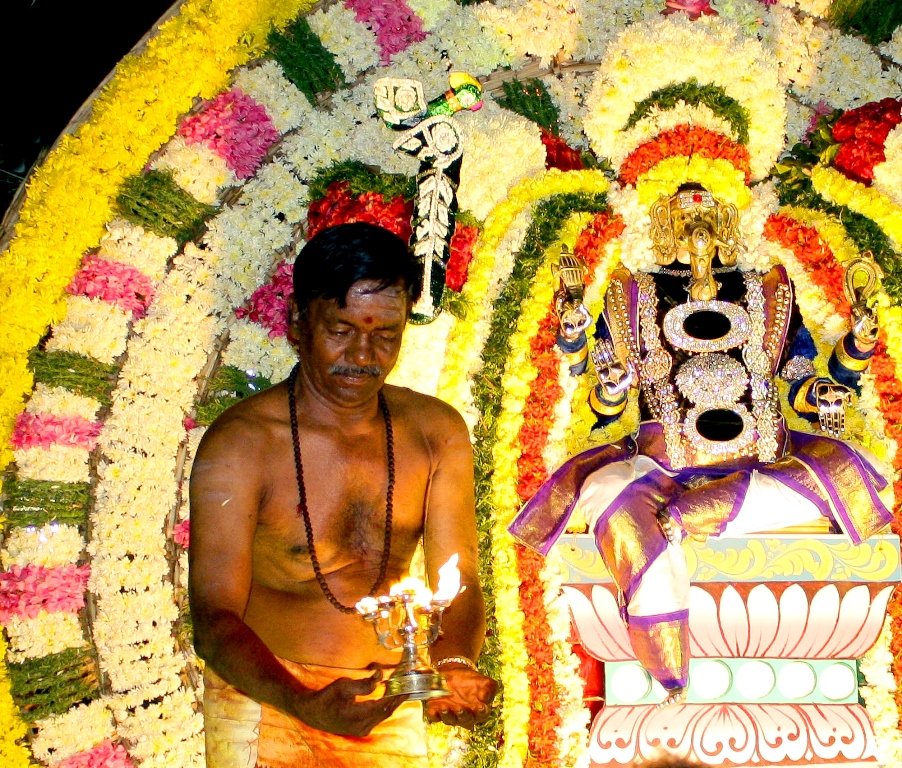
India’s festivals have three layers of meaning: the outer layer of ritual and celebration; the inner rationale from which the festival originated along with the mythology and values that drive the festival; and the deeper spiritual significance at its core.These layers are apparent in Ganesh Chaturthi, the festival that celebrates the birth of the popular elephant-headed god, Ganesha. The rituals include taking a day off work, eating modaks (sweet dumplings), singing and dancing, decorating statues of Ganesha and then immersing the statues in the sea. The sociological background to the festival came from the nationalist Lokamanya Tilak, who organised the first Ganesh Festival to build national unity, popularising this god who is the remover of obstacles. Creating a buzz through song and dance is typically Indian! Finally, the deeper significance of Ganesh Chaturthi is symbolised through eating the dumplings, which represent the bitter-sweet nature of life, and welcoming the immersing of the god as a symbol of life’s circularity and impermanence.
Of Legend and Myth
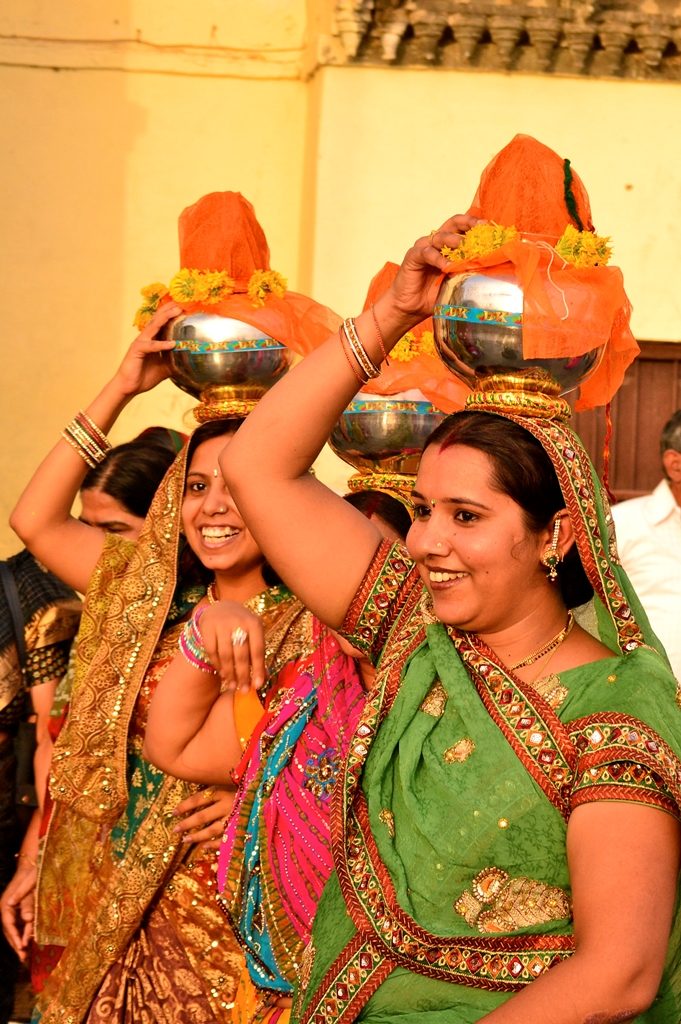
Many festivals have their origins in the celebration of particular seasons of the year. Holi, the exuberant festival of colours, is held at the advent of spring. Harvest is marked by Pongal in southern India, when symbolic rituals of cleaning and cleansing are accompanied by thanking the sun god and the garlanding of the cattle that helped reap the harvest. Onam is western India’s harvest festival, and commemorates the annual return of King Mahabali, banished to the netherworld by the gods, but permitted to visit his people once a year. They give him a rapturous welcome, and fairs, stage shows and processions are part of the festivities.
Festivals honour the gods. Navratri venerates Durga, the warrior who slew the buffalo-headed demon; Lakshmi, the goddess of wealth and prosperity, who brings good fortune; and Saraswati, goddess of knowledge and music, who instils wisdom.
The major celebration of the year is Diwali, the festival of lights, which marks the victory of light over darkness. Diwali is celebrated in honour of the return of Rama and his wife Sita to their kingdom of Ayodhya after 14 years’ exile, whose way was lit on a dark, moonless night by little lamps placed outside houses.
For Muslims, Eid is the festival that celebrates the end of the month of dawn-to-dusk fasting, called Ramadan. It is marked by a great feast that celebrates the obedience shown by the Prophet Ibrahim to Allah.
India’s more immediate history is celebrated by significant secular festivals. The birthday of Mahatma Gandhi, Independence Day and the day India became a republic are major public holidays.
The Here and Now
The Sanskrit word for festival, utsava, also translates to mean joy, gladness and merriment and is most often used to represent communal temple festivities, where the presence of the deity is the focus of the celebration. These are socio-religious celebrations that purify the devotees, avert malicious influences and renew society.
Important stages in an individual’s life are also
marked by celebration. Samskara (meaning ‘sacrament’)
are the festivities that mark rites of passage such as birth, coming of age and marriage. Even death is marked by samskara, the funeral ceremonies that ease the soul of the deceased towards reincarnation.
Public festivities are often viewed as social functions and all are expected to participate. It is common for Indians to take a day off work to celebrate their birthday or wedding anniversary, and the whole family will be involved in the celebration. Extended family members will travel great distances to attend the rituals that mark the significant rites of passage of their relatives. Gift-giving has become a huge trend in Indian celebrations, and Indians enjoy making a splash with their money at such times. Jewellers make hay during the spring festival Akshaya Tritiya when many people buy gold, and Amazon now holds a Diwali mega-sale to encourage spending.
Cultural Expressions
During a religious festival, the statue or symbol of the deity that normally resides within the temple shrine may be bathed and dressed, adorned with flowers, and then carried in elaborate procession through the streets, accompanied by devotees. Orissa’s annual Rath Yatra, or Chariot Festival, is the most famous example, attracting 2 million worshippers. Huge clay statues of Ganesha are installed around Mumbai in special structures called pandals during Ganesh Chaturthi.
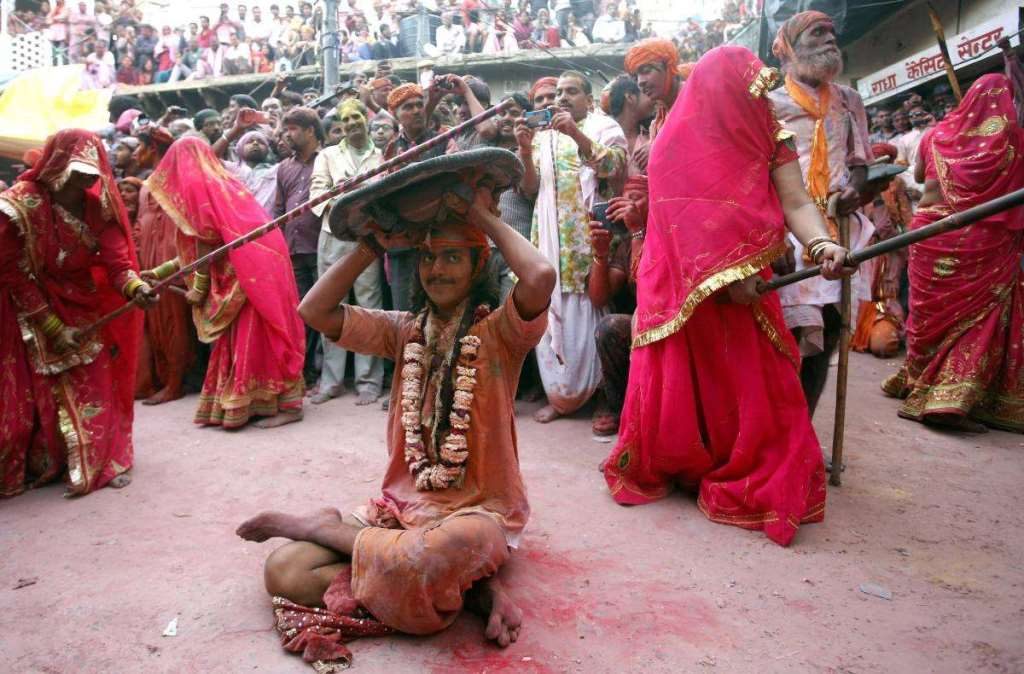
On the eleventh day of the festival they are paraded through the streets, accompanied by singing and dancing, and taken to the sea to be immersed. The Dussehra festival, which commemorates the victory of Rama, hero of the Ramayana, over the villainous Ravana, culminates with the burning of effigies of Ravana and his accomplices.
At the heart of each festival is the ritual of prayer and the seeking of blessing, and all share common elements including decoration, new clothes, music and dancing, and loud fireworks. It is customary to offer food to the gods during festival pujas, and feasting with family and friends is integral to the celebrations.
The Aikya factor
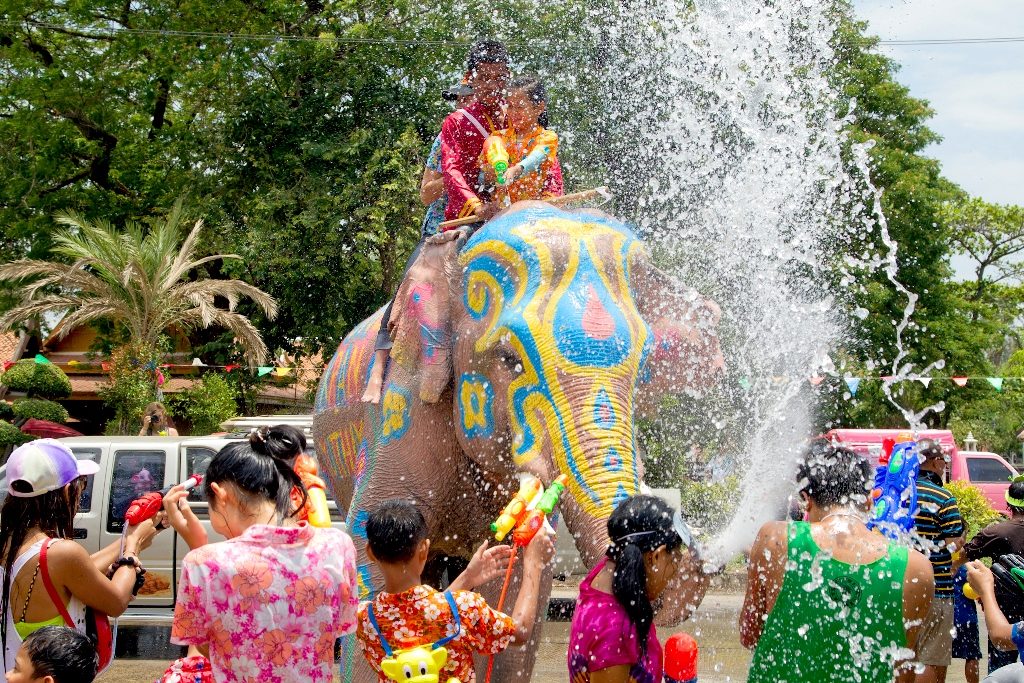
Bonfire Night in Britain marks the execution of Guy Fawkes, convicted of attempting to murder King James I, by the burning of effigies and fireworks.
Thailand’s annual Songkran celebration marks the Thai New Year with trips to the temple, family parties and huge water fights in which water bombs, hoses and plastic water guns are used to drench the celebrants.
Chuseok is Korea’s harvest festival, a three-day holiday during which Koreans return to their ancestral home towns, hold memorial services for their forebears, feast on traditional food and play folk games.
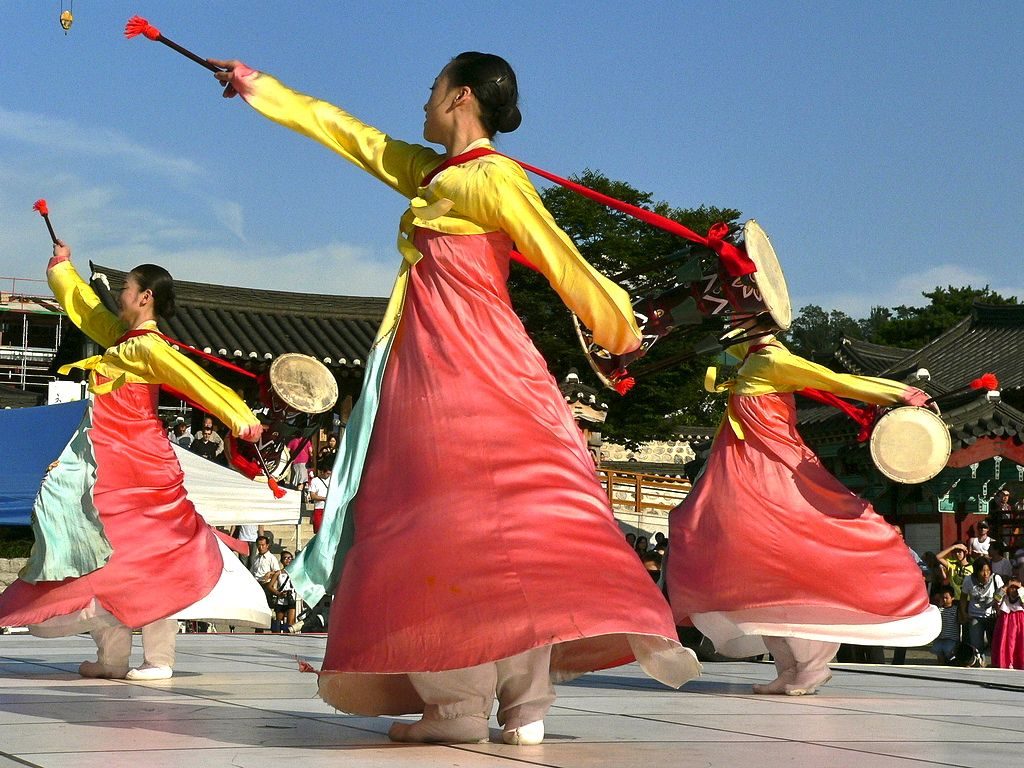
In Conclusion…
India’s more unusual festivals include Lathmar Holi in Uttar Pradesh, where women beat men with lathis (big sticks), Punjab’s rural Olympics, which include bullock cart races and competitors pulling vehicles with their hair, and Thaipoosam in Tamil Nadu, in which devotees of Lord Muruga pierce their mouths and parts of their bodies with sharp rods and hooks connected to a decorated structure that they pull along! Every day is a festival in India!
